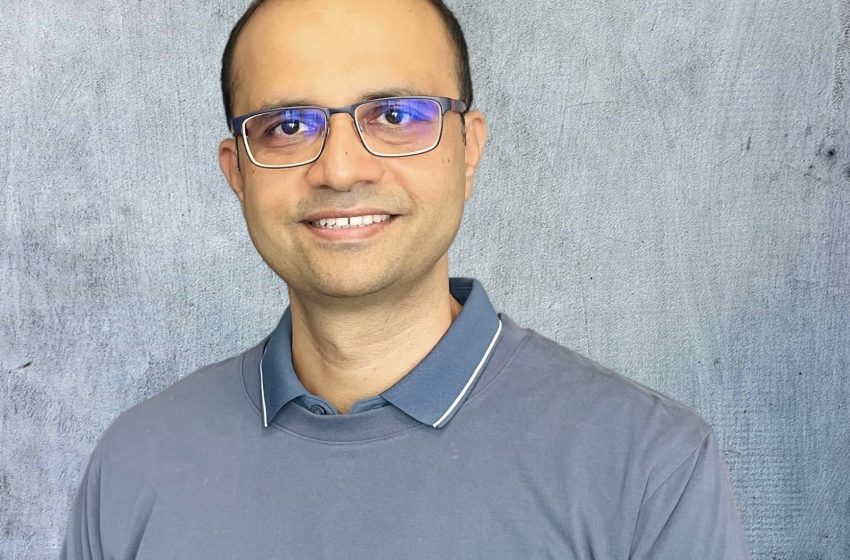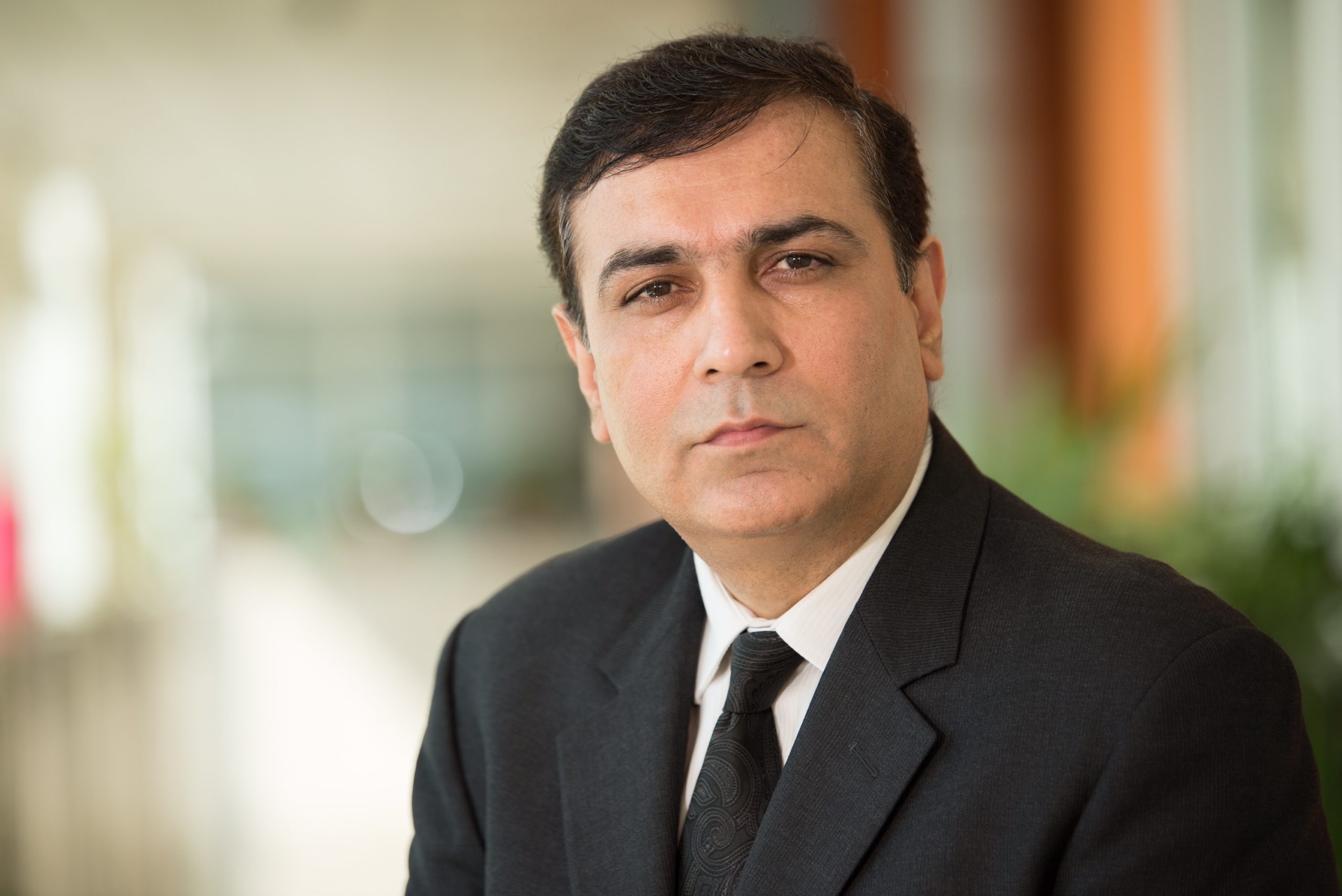Within six months of assuming the role of Managing Director for India & South Asia at Sabre, Samual Machado has focused on building a foundation for success. This includes hiring top talent, enhancing Sabre’s robust support architecture, and introducing state-of-the-art automation and data analytics products. Additionally, Sabre has implemented world-class training programs for commercial teams, ensuring they are equipped to help customers achieve remarkable growth and success.
In an insightful conversation with Disha Shah Ghosh, Machado discusses these strategic initiatives and Sabre’s commitment to driving innovation in the travel technology sector.
Q. What is your investment strategy in India?
A. We are using a multi-pronged approach in India. One is team building; we had to be frugal during Covid, but because of language and culture barriers, we have now realised the need for local support. Therefore, we have revamped our support infrastructure. We have a dedicated phone line where our staff can address queries in English, Hindi and other regional languages, with options of more languages to be available progressively. As far as the product team is concerned, we are revamping that as well.
Alongside, we are expanding the commercial team with hiring of several roles across the broader commercial functions in the past three months. This team exclusively supports our valued agency customers. Additionally, we have a separate team that supports the hotel and airline sectors on the IT front.
The second area of focus is content availability. Until last year, we did not have the Air India content on our platform. We now have the entire gamut of Air India content back on our platform, that is a huge advantage, and we have already started seeing encouraging results. As far as the airline space is concerned, we are keen on adding LCC content using a combination of direct airline partnerships and via our multi-source channel. The other approach is how we can provide access to global LCCs for domestic agents since they may want to book flights for point-to-point connections, in destinations outside of India.
The third investment is on product development. Even an outstanding product offers no value if it isn’t tailored to local customer requirements.
Therefore, we are providing comprehensive back-office services, including GST, payment solutions, and product support, to facilitate seamless business operations for our agency customers.
Our Global Capability Centre (GCC) in Bengaluru, staffed by our 1,700 engineers, is a cornerstone of our innovation. Our strategic partnership with Google empowers us to develop cutting-edge Agency, Airline and Hospitality Technology products. These advancements are tailored to meet unique demands of the Indian market, ensuring we deliver unparalleled value to our customers.
Q. What kind of acceptability does NDC (New Distribution Capability) have in India?
A. Globally, NDC is ramping up. Sabre is committed to NDC, and we foresee that by end of 2030, a significant percentage of Sabre bookings will be on the NDC platform.
Sabre is currently the only Global Distribution System (GDS) to power NDC content for several leading corporate travel management tools, including: GetThere, Atriis, SAP Concur, Spotnana, Serko and Wooba.
Currently we have more than 20 airlines available on Sabre’s NDC platform, and by the end of 2024, a dozen more are set to come onboard.
Our agency customers can now shop, book & service NDC offers from our growing list of NDC airline partners around the world. As travellers seek better shopping and booking experiences, staying competitive and relevant is more important than ever. Our integrated workflow allows agencies to access NDC travel content through Sabre Red 360, GetThere, or their own API.
Q. How will AI shape the online booking engagement in coming days?
A. Travellers today seek exceptional experiences with personalized interactions and frictionless service. However, challenges like content fragmentation and technical complexity make it difficult for the industry to make such experiences a reality. That’s why we’ve embarked on a partnership with Google to deliver the modern travel retailing experiences of tomorrow.
With larger volumes and varieties of content spread across platforms, travel agencies are challenged with finding the best options – and fast – for their customers. Sabre uses Google models and Sabre Travel AI™ to give travel agencies the insights they need to delight travellers.
Airlines are thinking strategically and creatively to capture new revenue opportunities while delivering a positive passenger experience. Developed with Google’s best-in-class AI/ML capabilities, Sabre products are helping airlines use data intelligently to do just that with the help of Sabre Travel AI
Also, when it comes to hotel reservations, travellers are increasingly looking for unique amenities, personalized experiences, and smart tech-enabled properties. Sabre helps hoteliers maximize retailing and distribution effectiveness and productivity with solutions that leverage Sabre Travel AI™ and Google Cloud Platform capabilities.
Q. Enumerate some of the new products that Sabre will roll out.
A. Our Lodging AI product is already available and helps agencies improve hotel attachment rates using machine learning models that analyse property attributes, trip segmentation, and agency preferences to generate more personalised lodging options.
On the NDC front, we expect to offer over 30 airlines by the end of the year.
Thirdly, with Sabre Air Connect, we will be adding more LCC content on our platform. These low-cost airlines will be available on our platform directly or through an aggregator, that gives agencies access to regional LCCs in those markets via Sabre Air Connect.
We have recently launched SabreMosaic, a revolutionary airline retail platform that is modern, open and is powered by AI. Airlines can create, sell and deliver an array of personalised content to travellers paving the way to a world of offers and orders. We’ll be announcing more on that in the coming months, so watch this space.
Q. Which are some of the B2B partnerships in the pipeline?
A. The biggest partnership currently flourishing for us is with Google, and the second is Sabre Air Connect through which we will make aggregator content available from a number of partners. These aggregators are authentic players that enjoy volume in their respective markets, and stability with their platform. These aggregators will have a significant role in enhancing our Air Connect platform.
We also have our own developer community in respective markets. These developers know our platform, our APIs, and the speed at which they can write to us, and this will enhance speed of integration with our platform.
On the airline partnership front, multiple discussions are at various stages of development.
Q. What is the scope for GDS players with massive aircraft orders from Indian carriers? How do you view the competition in this market?
A. We are already consulting with airlines in India on revenue management, distribution, technology and retailing.
We aim to bring even more agency partners onto our platform since they play a crucial role in selling the ever-growing airline inventory, essential to maintain demand-supply balance. In order to support these large aircraft orders from Indian carriers, we need to be technologically ready. We take pride in the stability of our platform because the sheer volume of inventory can disrupt it if it is not agile. We are working on making our platform extremely robust, and the priority is to get OTAs and agencies on our platform.
The competition is intense and fierce. Now that we have Air India content back, and have hired best-in-class commercial and product teams, we are seeing huge uptake on the ongoing customer conversations.
We are also prioritizing employee well-being and benefits by refurbishing all our offices in India. Additionally, we are preparing our sales teams for the future with the Miller Heiman corporate training program.
Q. What kind of market share does Sabre have in India, how are you looking at gaining a larger pie in five years?
A. Let’s start with the hotel reservation space. Sabre currently holds a commanding market share of the branded hotel market for Hotel IT in India. All reservations across hotel chains, whether through GDS, brand websites, or call centres, are processed on the Sabre platform. The hotel segment is a USD 32 billion market, and our dominance here underscores our commitment to providing top-tier technology solutions.
Regarding the agency market, now that Air India content is available again, we are confident in our ability to regain and expand our market share. We are actively signing new contracts, with implementations expected to complete within 3 to 6 months. By the end of this year, we anticipate substantial growth.
Our goal is to significantly grow our market share in the near future, aligning with the projected growth of India’s travel market to $250 billion. With strategic initiatives and strong partnerships, we are well-positioned to capture a larger share of both the airline and hotel markets.
Q. How do you view the potential of the markets of India and China?
A. The Chinese GDS market, dominated by the state-owned TravelSky, presents challenges for international providers due to stringent regulations and local preferences.
While TravelSky controls the domestic market, international providers find success in outbound travel segments. Key challenges include regulatory barriers and competition with local players.
Both markets present significant opportunity. In particular, as we increase our market share in India we will see our overall market share in APAC grow exponentially.
India and China will have to play a huge role in the aviation space due to population, growth of aircraft, and this will lead to growth for Sabre and across the global travel ecosystem.






